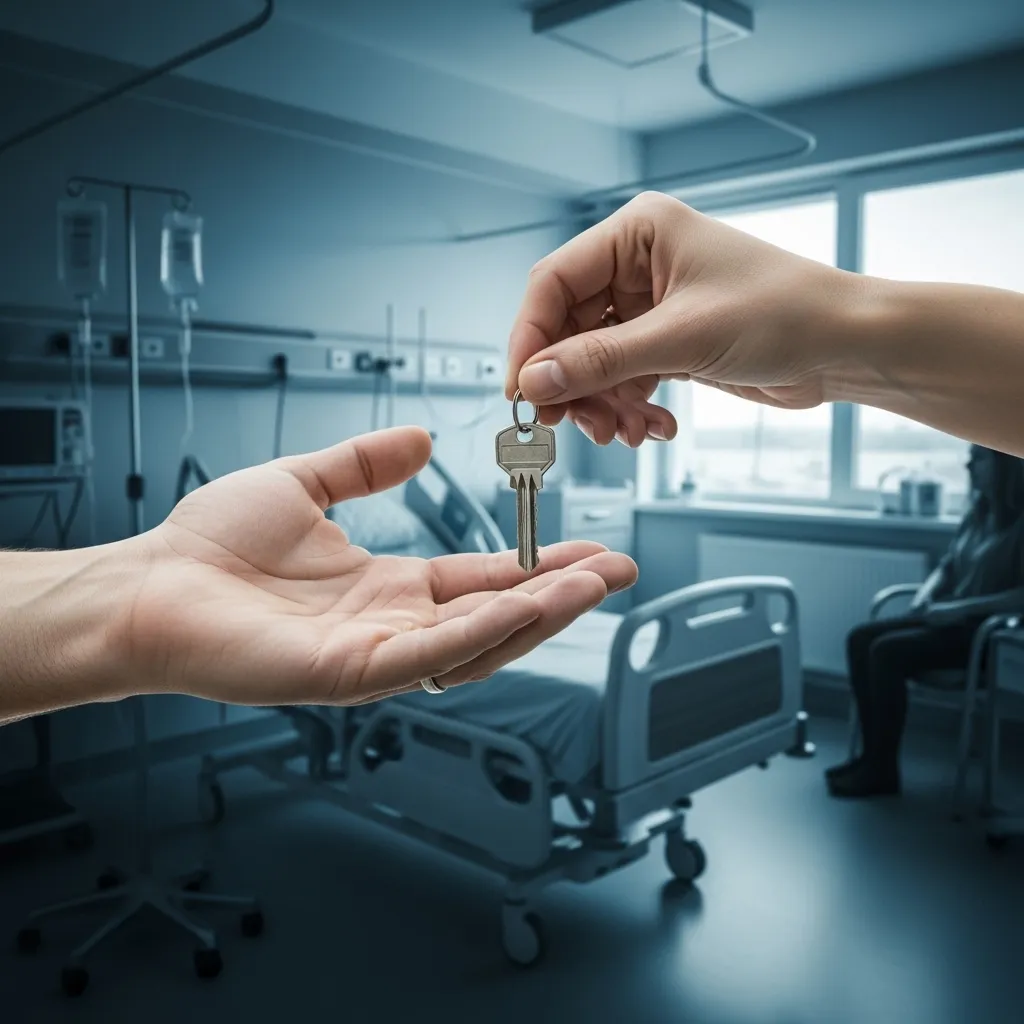
A Note on Safety and Security
The purpose of this file is to enhance your security, so it’s important to handle it with care. Reiterate to yourself that sensitive information like PINs and passwords should never be written down here. The goal is to provide a roadmap, not the actual keys.
When you tell your trusted contact about the binder, be specific about what they should do with it and under what circumstances. This person could be your designated Power of Attorney, an adult child, or a sibling. The conversation might sound like, “If I am ever in the hospital and can’t communicate, my important documents are in a red binder in the hall closet. It has all my medical and insurance information.”
It’s also worth understanding the difference between a home safe and a safe deposit box. A good quality home safe is primarily designed to protect its contents from fire and, to some extent, burglary. A safe deposit box at a bank protects your items from threats to your home, like fire, flood, or theft, but is only accessible during banking hours. Many people choose to keep their Grab-and-Go binder at home for accessibility and store secondary originals (like vehicle titles for a classic car) or the backup USB drive in a safe deposit box.


















One Response
Excellent idea that must people never think about before it’s too late.